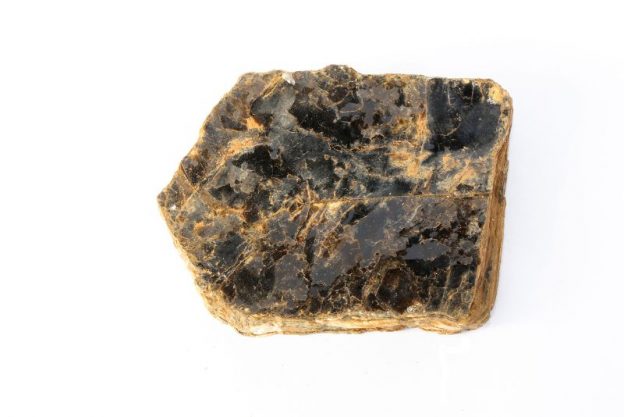Micas, while often unnoticed, play a crucial role in the beauty and structure of marble. This post explores the world of micas within marble, focusing on how these sheet silicate minerals enhance the stone’s aesthetics and physical properties.
Micas in Marble
Micas, known for their layering and reflective qualities, are an integral part of many marble varieties. Commonly found micas in marble include biotite (dark mica) and muscovite (light-coloured mica), which contribute to the stone’s unique patterns and depth.
The Role of Micas in Marble’s Aesthetics
The presence of micas in marble can have a significant impact on its appearance:
- Creating Visual Depth: The layered structure of micas adds complexity and depth to marble’s appearance.
- Enhancing Lustre and Sheen: Micas’ reflective properties give marble a distinctive shimmer, enhancing its natural beauty.
Physical Contributions of Micas in Marble
Beyond their visual appeal, micas also affect the physical properties of marble:
- Durability and Strength: While marble is predominantly composed of calcite, the inclusion of micas can enhance its overall durability.
- Texture Variations: Micas contribute to the tactile feel of marble, with their sheets creating subtle textural differences.
Identifying Micas in Marble
The presence of micas in marble can often be identified by their characteristic shimmer or by visible layers within the stone, adding to its uniqueness.
Micas’ Influence on Marble Applications
The inclusion of micas in marble affects its suitability for various applications:
- Interior Design: Mica-rich marble is often sought after for its decorative appeal in interior spaces.
- Architectural Elements: The added durability makes mica-containing marble a choice material for certain architectural features.
Caring for Mica-Enriched Marble
To maintain the beauty of mica-rich marble:
- Gentle Cleaning: Harsh chemicals or abrasive tools should be avoided to preserve the micas’ integrity.
- Regular Sealing: This helps protect both the calcite and mica components of the marble.
Micas may represent only a small component of marble, but their impact is significant. By enhancing the stone’s beauty and physical characteristics, micas contribute to the timeless appeal of marble, making it a favoured material in both art and architecture.




